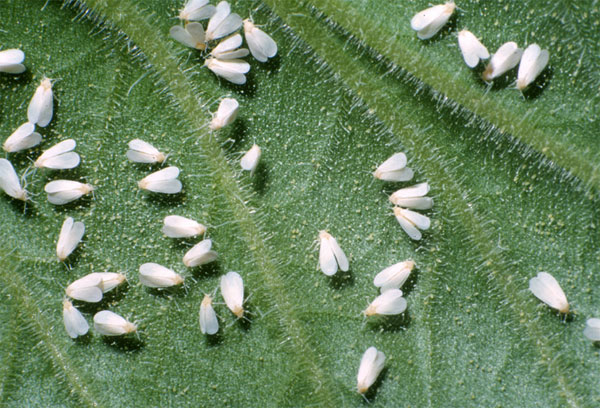The rising number of whiteflies in the Iranian capital has initiated a war of words between two top Tehran officials.
Tehran Mayor Mohammad Baqer Qalibaf said earlier this month the municipality was “performing other departments’ duties,” according to ISNA.
“The municipality helps ministries and departments with their responsibilities, but it is not our duty to do their job for them,” he said, adding that dealing with whiteflies is a responsibility of the Department of Environment.
Citing Article 20 of the Municipal Charter, Mohammad Hadi Heydarzadeh, head of Tehran Province’s DOE, responded: “Combating and controlling pollution of any kind, including a swarm of whiteflies, are the responsibility of the municipality,” IRNA reported.
He said the department plays “a supervisory role” in fighting the phenomenon, adding that the Ministry of Agricultural Jihad must study and find the root of the problem.
Whiteflies have been irritating Tehranis for the past few years, but they do not pose any health risks to humans.
They are sap feeders that reduce the overall vigor of plants with their feeding. As infestations become severe, they cause plants to yellow and lose their leaves prematurely.
Whiteflies also produce large amounts of sticky, sugary honeydew, which in turn is colonized by black sooty mold, reducing the attractiveness and marketability of whitefly-infested crops.
Some have attributed the rise in their numbers to global warming, while others have suggested that the bugs may have piggybacked to Tehran on imported ornamental plants.
As yet there is no clear solution to the problem, though some experts have proposed the use of pesticides to combat whiteflies. However, the presence of whiteflies in densely-populated areas makes the use of chemicals all but impossible.
“Even if we could use them, pesticides would only be a short-term solution because whiteflies quickly become resistant to their effects,” said Saeed Moharramipour, an entomologist at Tarbiat Modares University.


